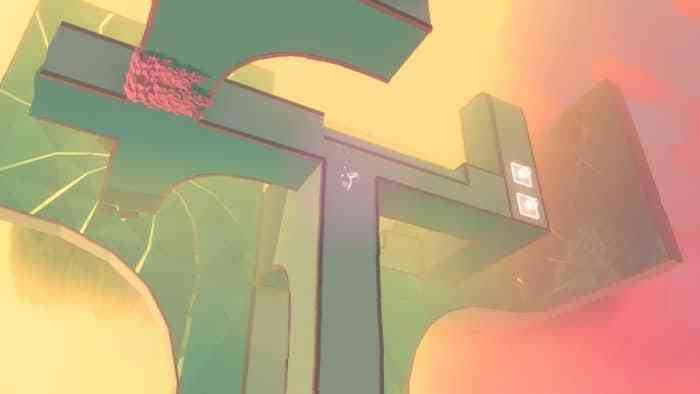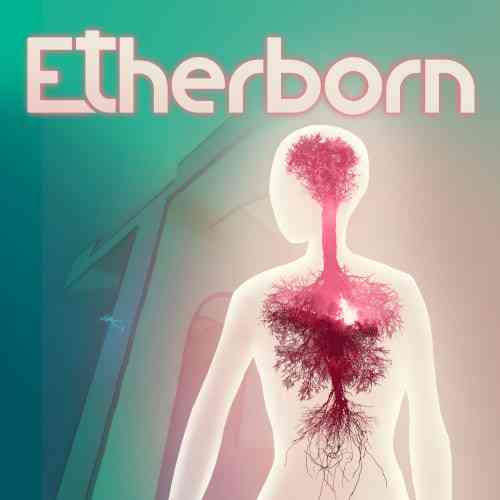Etherborn Preview
Just recently, I had the pleasure of taking Etherborn for a spin. Etherborn is a gravity manipulation game from Altered Matter: not my normal cup of tea, but I do have a soft spot for puzzle games — especially ones that require perspective shifts. There is something special about working through a puzzle to find the solution only to find that you are actually very close to where you started just with a new perspective.
In Etherborn, you play as a humanoid figure following the beckoning call of a disembodied voice. You move through the map collecting a few keys to access bridges, change landscapes, etc. The puzzle is that as you walk up and down the curved ramps of the map and change your orientation, gravity changes with you. Can’t get across that gap? Just walk up the ramp and turn that wall into a floor. Before I started, I decided to poke around in the options menu. Now, this game was just a demo, but I did see some things I liked, including decent support for multiple resolutions as well as support for several controller types. One thing I was surprised to find was a default movement speed option. In-game, as I would later find out, you walk with the option to sprint. The movement speed option reverses that, and I appreciate little options like this as I tend to find default movement speed in games of this genre a little slow for my liking.

Stop and Smell The Pixels
As the demo began, I encountered a brief tutorial, then entered the “Endless Tree,” which seems to be a hub world where you move from level to level. True to the name, this area was a giant tree reaching up towards the sky that I had to run up to find the level portals. Of the two main levels, I was able to try, both felt distinct from each other and seemed set to teach me specific tactics. The first, called “Shapes of a Memory,” seemed to be an intro level. As I started, I was greeted with nice mellow music and a very relaxing atmosphere. I got to work finding keys that allowed me to activate bridges or move pillars. I like to see how fast I can get through puzzles when I play these kinds of games, but I found myself slowing down and taking in the scenery and music. This level was more linear and gave the impression that it was more about introducing me to the mindset I would need to adopt for the next level. Seeing a bridge and knowing that I had to find a way to walk along the sides rather than on top was a good hint that I would need to change how I viewed things if I wanted to get far in Etherborn.

Acid? No One Told Me There Would Be Acid
The second level, called “Desert of the Mind,” was my favorite of the two. This level was much more compact than the previous. There was also acid which, besides falling, was the first hazard I had encountered. While the first map was linear, I found myself running up and down finding new perspectives in order to orient myself the right way to find the keys I needed to progress. I even had to go so far as to fall onto a nearby floating island in order to shift gravity, to then fall back onto the main structure the right way up, if there is such a thing in Etherborn. Having collected the keys, I could finally drain the acid and reach the portal back to the Endless Tree, and there my demo concluded.

While my demo was short, Etherborn shows promise. The two levels showed that the devs aren’t going to do just small compact levels but longer, more linear ones as well. I think this will give them more freedom with their level design. I’m curious what the difficulty scaling will be and what hazards or mechanics they may employ in the later levels. If you are in the market for a slow-paced puzzle game, Etherborn may be a game you want to keep your eye on.
***PC preview code provided by publisher***

